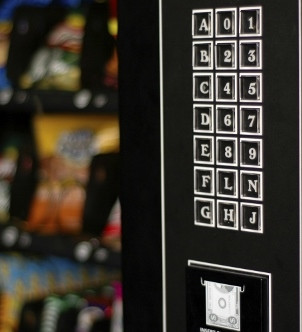
What kind of message does it send to students when schools have worked to improve the nutritional content of meals and snacks, but the marketing of junk food is still allowed during the school day? The irony posed by that question caused Upstream Public Health in Oregon to embark on a campaign to limit the marketing of those foods in schools.
Upstream is a 12-year old, health-policy-advocacy organization that successfully pushed for legislation in 2007 banning junk-food sales in schools. That success was later modeled by the federal government in its Smart Snacks in School regulation. But in Oregon and elsewhere, many schools still allow their vending machines to be wrapped in the logos of the major soda brands, and coupons for pizza are often given away as rewards to students for reading well, a food-marketing program thinly veiled as a reading program.
Upstream began implementing a legislative campaign in 2014 designed to educate the public, lawmakers and parents about the contradictions of junk food marketing in schools. Although they weren’t successful in getting a law passed to protect students from that marketing during the school day, the advocates see it as year one in a multi-year effort.
“We will be successful in the long run because it is obvious that we should not be marketing those foods to kids during the school day,” says Kasandra Griffin, a policy manager at Upstream.
To help in that effort, Upstream will release a back-to-school-food report card this fall that will highlight examples of good leadership on healthy school foods, as well as examples where improvement needs to be made. Junk food marketing will be a highlight of the “needs improvement category” along with issues like the need for improved access to drinking water during the school day.